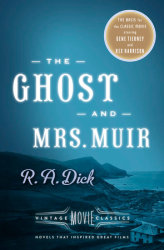Adriana Trigiani

Photo: © Tim Stephenson
About the Author
Adriana Trigiani is the New York Times bestselling author of twenty-one books of fiction and nonfiction. Her work has been published in thirty-eight languages around the world. An award-winning playwright, television writer/producer, and filmmaker, Trigiani wrote and directed the major motion picture of her debut novel, Big Stone Gap, adapted her novel, Very Valentine, for television, and directed the documentary, Queens of the Big Time, among others. In 2023, President Sergio Matterella of Italy awarded Trigiani the Cavaliere dell’Ordine della Stella d’Italia. The Library of Virginia bestowed their highest honor, the Patron of Letters degree, to Trigiani in 2024. She received the 2025 Ellis Island Medal of Honor for her significant contributions to literature, culture, and communicty. Trigiani grew up in Appalachia, in the mountains of Virginia, where she co-founded The Origin Project, a year-round, in-school writing program that has served over 25,000 students since its inception in 2014. Trigiani is proud to serve on the New York State Council on the Arts. She lives in Greenwich Village with her family.
















